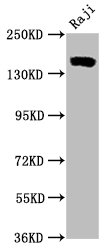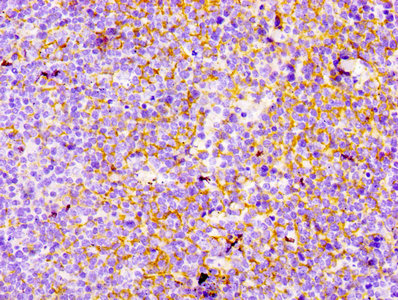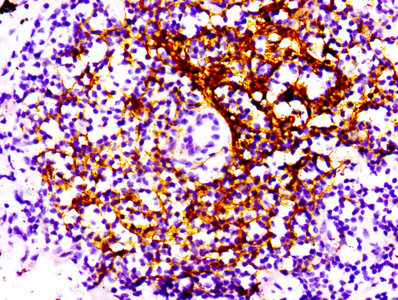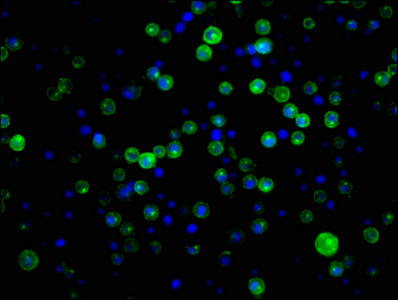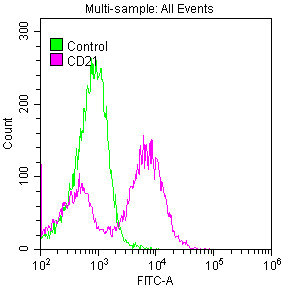The DNA sequence coding for the CD21 monoclonal antibody developed from animals immunized with a human CD21 synthetic peptide was cloned into an expression vector and then transfected into a cell line for in vitro expression. The recombinant CD21 monoclonal antibody was obtained through affinity chromatography purification of the product from the tissue culture supernatant (TCS). The human CD21 is especially targeted by this CD21 antibody. It's a rabbit IgG antibody. This CD21 antibody has been evaluated using ELISA, WB, IHC, IF, and FC methods.
CD21, also termed CR2, binds to a number of endogenous ligands, including the complement component C3 fragments iC3b, C3dg, and C3d, the low-affinity IgE receptor CD23, and interferon-alpha. By binding to C3d, which is covalently linked to targets, CR2 connects the innate complement-mediated immune response to pathogens and foreign antigens with the adaptive immune response, leading to a cell signaling event that lowers the threshold for B cell activation. A range of autoimmune and inflammatory disorders are linked to mutations or deletions of the CR2 gene in humans and the CR2 gene in mice.

